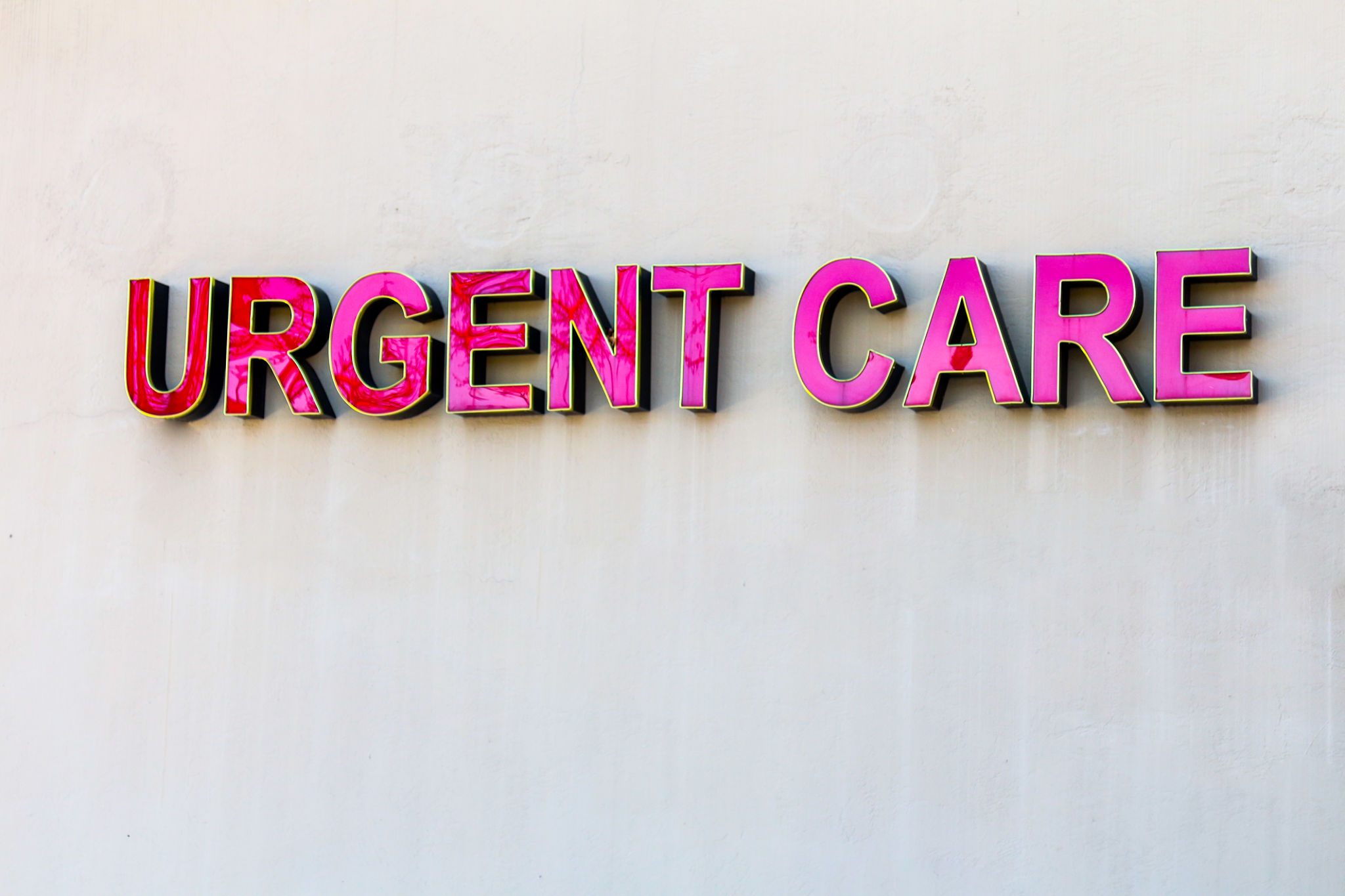Myth-Busting: Common Misconceptions About Walk-In Clinics Near Me for Sick Visits
Understanding Walk-In Clinics: Debunking Common Myths
Walk-in clinics have become an essential component of the healthcare system, providing accessible medical care for a variety of ailments. However, several misconceptions persist about these facilities, particularly regarding sick visits. This blog post aims to clarify these misunderstandings and highlight the true value of walk-in clinics.

Myth 1: Walk-In Clinics Are Only for Minor Issues
One of the most common myths is that walk-in clinics are only suitable for minor health concerns, like a cold or a minor cut. While they are indeed adept at handling such issues, walk-in clinics are staffed by qualified healthcare professionals capable of diagnosing and managing a wide range of medical conditions. From flu symptoms to minor fractures, these clinics provide comprehensive care.
The ability to receive prompt attention without an appointment makes walk-in clinics a convenient choice for those experiencing acute symptoms that require immediate attention. They serve as a critical resource for patients who cannot wait for a scheduled appointment with their primary care physician.
Myth 2: Walk-In Clinics Have Long Wait Times
It's a common belief that walk-in clinics have excessively long wait times. While wait times can vary, many clinics have implemented efficient systems to minimize delays. Often, walk-in clinics offer quicker service compared to emergency rooms for non-life-threatening conditions.

In addition, many clinics now provide online check-ins and appointment bookings, allowing patients to secure their spot in line before arriving. This innovation significantly reduces the time spent waiting at the clinic, enhancing the overall patient experience.
Myth 3: Walk-In Clinics Are Expensive
Another prevalent misconception is that walk-in clinics are costly. In reality, these clinics can be more affordable than emergency room visits, especially for non-emergency issues. Many walk-in clinics accept various insurance plans, and some even offer payment plans or sliding scale fees based on income.
For individuals without insurance, walk-in clinics often provide transparent pricing for services, making it easier to understand potential costs upfront. This affordability ensures that more people can access necessary healthcare without financial strain.

Myth 4: Walk-In Clinics Lack Qualified Staff
Some people believe that walk-in clinics are staffed by underqualified medical professionals. This is far from the truth. Walk-in clinics employ experienced doctors, nurse practitioners, and physician assistants who are well-trained to handle a variety of medical issues efficiently and effectively.
These healthcare providers often have years of experience in emergency or family medicine, equipping them with the knowledge and skills needed to deliver quality care. The commitment to continuing education and training ensures that staff remain updated on the latest medical advancements and practices.
Conclusion: The Value of Walk-In Clinics
In summary, walk-in clinics play a vital role in providing accessible and efficient healthcare for sick visits and beyond. By dispelling these myths, patients can better appreciate the convenience and quality of care offered by these facilities. Understanding the capabilities of walk-in clinics encourages individuals to make informed decisions about their healthcare options when they need it most.